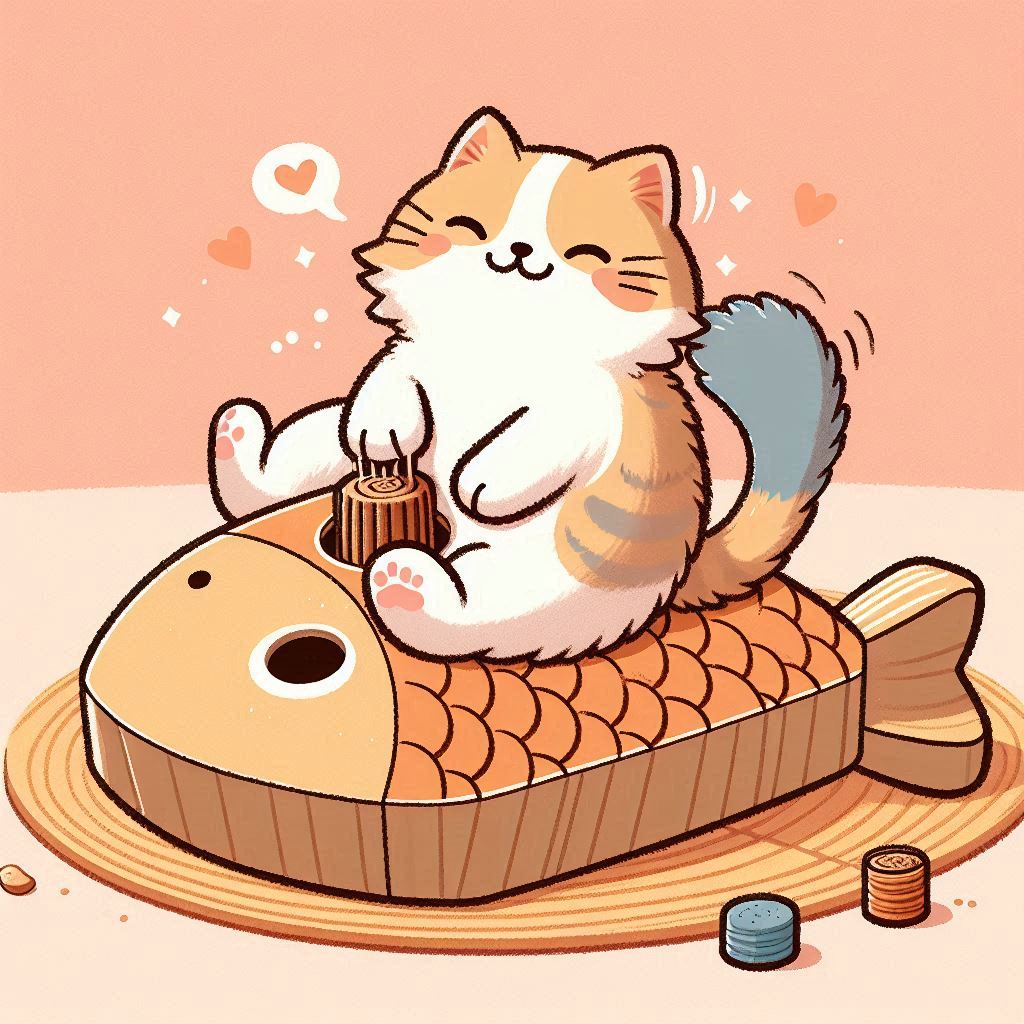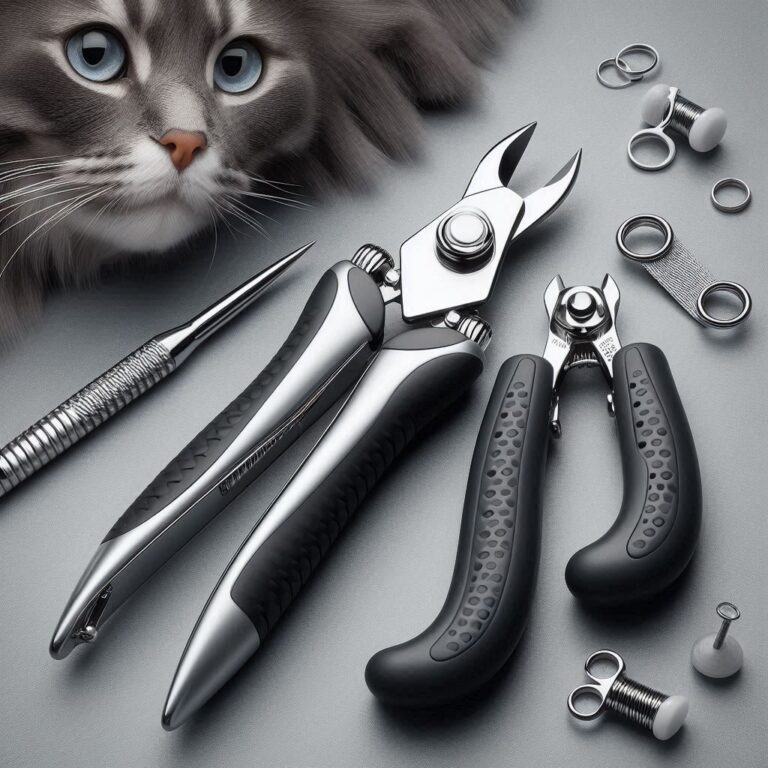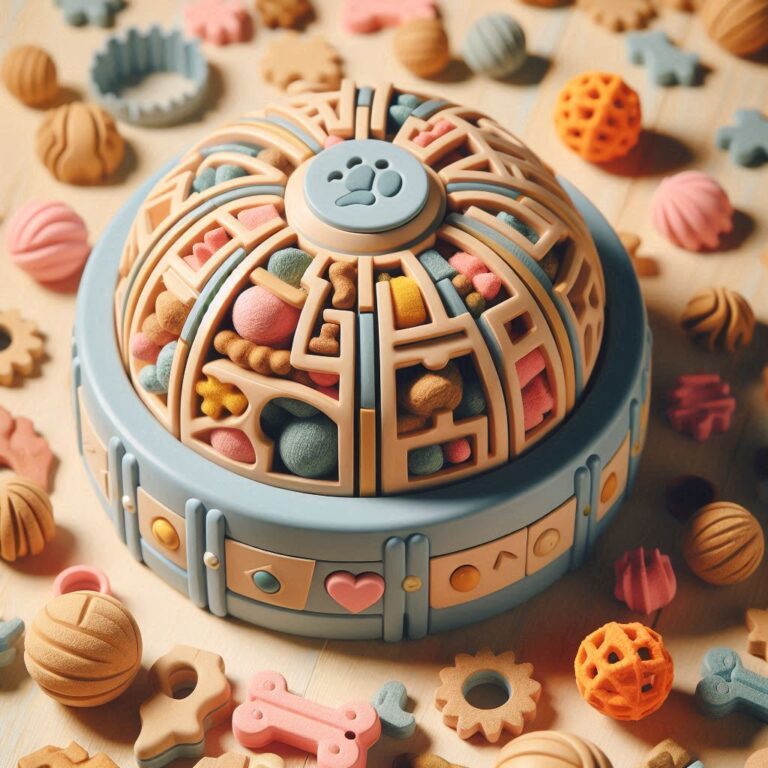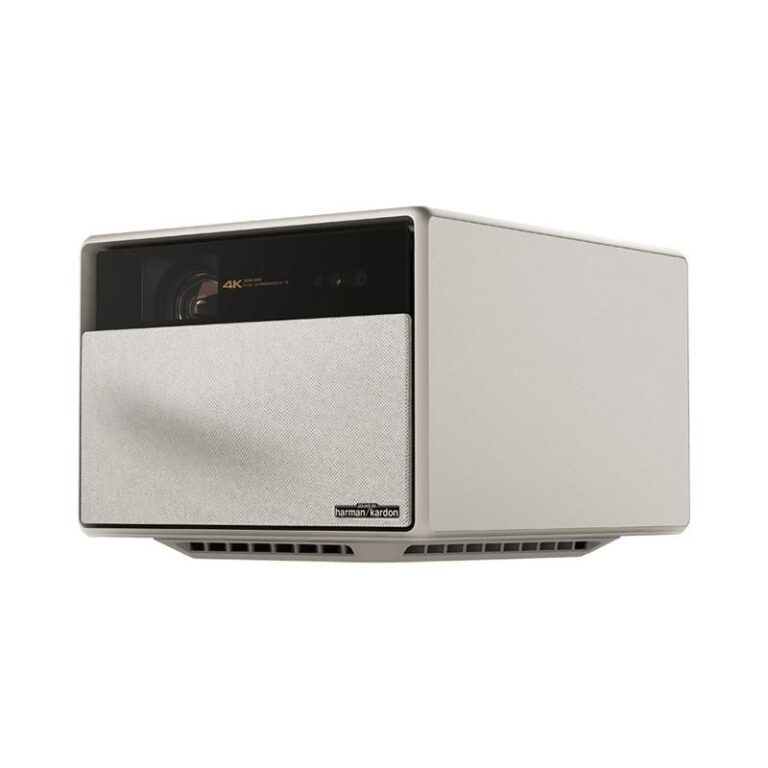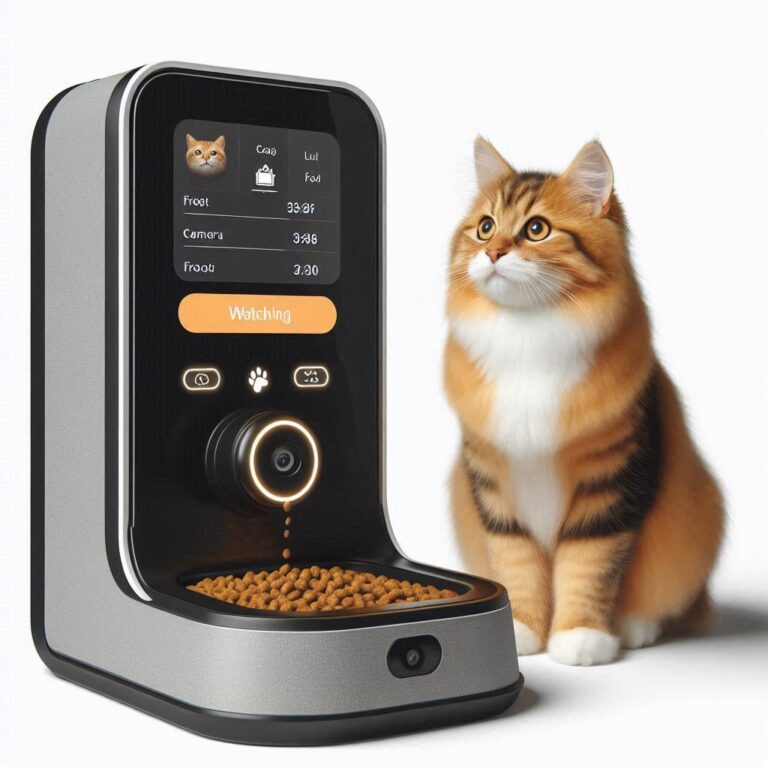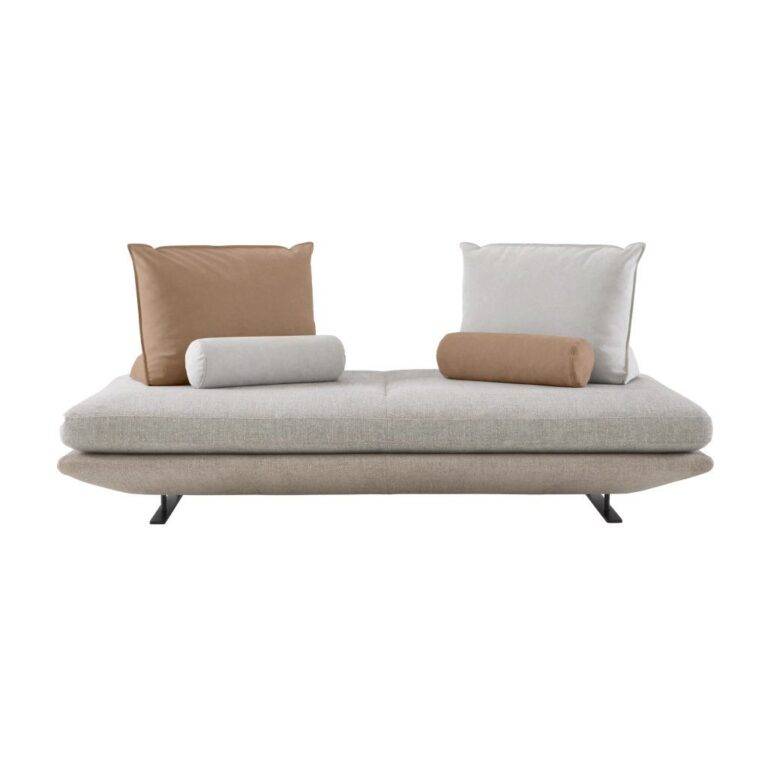The Ultimate Guide to Cat Scratchers: How to Make Your Cat Happy and Your Sofa Last
Cat Scratcher
Obviously, being an owner of a cat, you probably have come across situations when your favorite piece of furniture is scratched by your pet. Here comes the Cat Scratcher—a low-profile yet efficient approach to teaching your cat where to scratch. S are a crucial accessory that every dog owner should know; therefore, in this complete guide, you will learn all you need to know about them, including the kinds that are available and how to select the best S for your pet.
Why do cats need to scratch?
It is important, however, to understand the reasons why cats became Scratcher in the first place before joining the scene. This natural behavior serves several purposes:
- Claw maintenance: Grooming is important for cats because scratching enables them to get rid of the outer surface of the claws to expose sharp and healthy ones.
- Stretching: The exercise obtained from scratching also benefits a cat in that it causes stretching of the muscles, and this mostly affects the back and shoulder muscles.
- Marking territory: For example, cats have glands on their paws, and scratching provides them a way of rubbing the paw on any object.
- Stress relief: Vocalizing can also be compiling, and scratching is commonly interpreted as the ability to express emotions as well as relieve stress.
When you offer a designated cat scratcher, it’s not only preserving your furniture but also helping your cat perform its instinctive behaviors and appreciate their ability to have free reign.

Types of Cat Scratchers
When it comes to cat scratchers, there are no universals. Let’s explore some popular options:
Vertical Scratching Posts
These are two-long vertical posts usually padded with sisal rope or carpet. They provide cats with full body exercise and reach while scratching—an action similar to when a domestic cat would cling to a tree trunk in the jungle.
Horizontal Scratching Pads
Horizontal or only slightly raised, these scratchers are perfect for pets that like to scratch in a horizontal position. They are typically constructed of corrugated cardboard, which most cats can’t seem to resist.
Scratching Trees or Towers
These multi-level structures incorporate scratching surfaces combined with both toys and sleeping areas, meaning use goes beyond merely scratching.
Door-Hanging Scratchers
These types of scratchers can be easily hung on doorknobs and are therefore ideal for areas with smaller spaces or as extra scratchers anywhere in the house.
Scratching Ramps
The inclined scratchers are neat in a way that the cats may climb it just like any other vertical structure in the house, and at the same time they can scratch it horizontally.
Features to Look for in a Cat Scratcher
When shopping for a cat scratcher, consider the following features:
- Sturdy construction: Not only can a wobbly scratcher fail within its primary role of encouraging your cat to engage in scratching sessions, but it can also pose a threat to the cat.
- Appropriate size: Also, see to it that the scratcher fits your cat such that the cat is able to extend its body all over the scratcher wholly.
- Attractive scratching material: Sisal, cardboard, and carpet are the most common choices of stuffing materials for the cushion.
- Multiple textures: Cats activity also indicates that some of them enjoy scratching on a diverse range of surfaces.
- Replaceable parts: Search for scratchers that have a replaceable top layer where the cats like to scratch so they can be replaced after becoming worn out.
- Added features: Some cat scratchers are added, such as catnip or toys or perches, to enhance the attractiveness of the product.
Introducing a New Scratcher to Your Cat
Having a new cat scratcher really doesn’t mean that your feline will right away start using the furniture piece that was purchased. Here are some tips to make the introduction successful:
- Put the scratcher where your cat dwells or favorite area and ensure it stands firmly on the ground.
- Cats love catnip or treats; you can use this to lure your cat towards the new scratcher.
- Reward the cat when they are using the scratcher. Praise your cat when they are using the scratcher.
- If you notice your cat using furniture to scratch, then you should kindly lead the cat to the scratcher.
- Don’t rush your cat—it may take even days before she warms up to the new scratching post.
Maintaining Your Cat Scratcher
To ensure your cat scracher remains appealing and functional:
- Daily or at least weekly wash with water and shampoo; remove any furballs and other debris on it.
- Scratchers may need to be replaced if the surface is worn down or if another area of the scratcher simply needs to be replaced.
- Switch many scratchers around so that your cat does not have a tendency to go overboard in one area.
The Benefits of Cat Scratches
Investing in a quality cat scratcher offers numerous advantages:
- Saves your furniture from floor scratches.
- Gives your cat a surface to scratch where otherwise they’d scratch other surfaces that are not suitable.
- Provision of muscle work out and practicing brain activities.
- May help to decrease stress and anxiety in cats
- used to demark territory for multiple cats to live in
- Might help prevent the growth of claws
Picking the Correct Cat Scratcher for Your House
When selecting a cat scratcher, consider:
- Your cat’s preferences: The frequency and intensity with which your cat uses the scratching surface should also be noted: vertically or horizontally?
- Available space: Select a scratcher that has a suitable size to fit well within your home.
- Your decor: Modern cat scratchers are developed to complement home furniture and decor seamlessly.
- Multi-cat households: There are few models available, and different sizes can be an option to fit all cats in the house.
DIY Cat Scratchers: An Enjoyable and Affordable Method
Some simple ideas include:
- Twining a sisal rope around a strong post or piece of wood
- Piling and adaptation of corrugated cardboard sheets
- Transforming an old wooden crate while including more scratching items.
When feeding your pet homemade cat scratcher, make sure it is safe and stable before giving it to your pet.
The Effects of Environment on Cat Scratcher
Use those that are creatively made using environmentally friendly materials or materials that you can recycle. Manufacturers today have started producing cat scratchers from recycled items or substances that degrade naturally in the environment.
Advantages of Investing in a Quality Cat Scratcher
- He noted that in the long run, money will be saved from the costs of furniture replacement or repair.
- Better cats’ behavior, stress decrease
- Better attachment of you and your feline pal
- Possible fewer number of claw trims
- Appreciation for the fact that your cat has an appropriate place to scratch
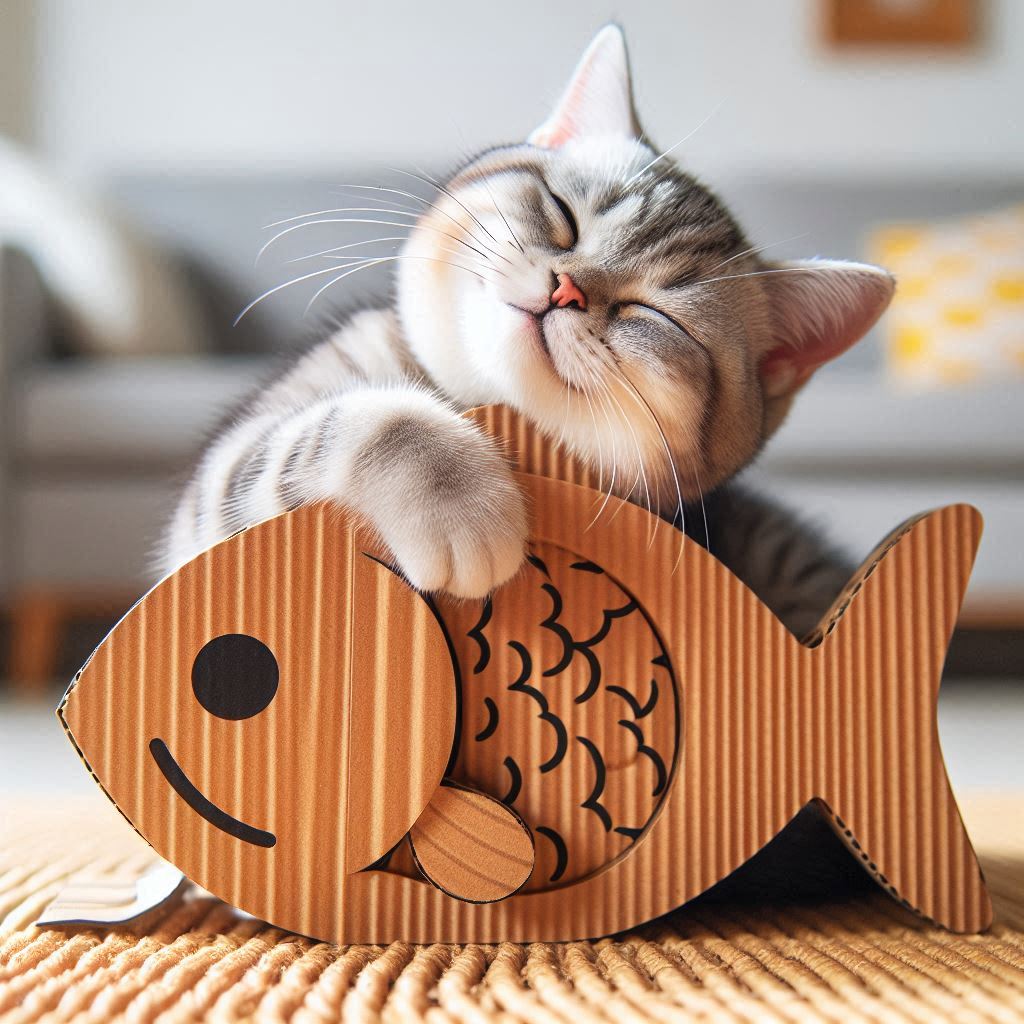
Conclusion
A cat scratcher is not only a gadget for pet owners but an effective means of taking care of your cat’s health and simultaneously saving your furniture. When you know what your cat likes best, you can choose a cat scracher that suits you and the cat companion well. As with any new food item, incentive and time patience are essential when feeding the cat.
FAQs
How frequently should I replace the scratcher of my cat?
It is also helpful to derive that the lifespan of a Cat Scratcher depends on its quality and general usage. It will require replacement when it has worn out, for instance, when the rope of the handle is worn or the cardboard is flattened. This could take anything between a few months and a year.
Is it possible to teach my kitten not to scratch furniture by using a cat scratcher?
Democrats with Pets: It is useful to introduce a cat scracher early in a kitten’s life in order to train the kitten what is right and wrong.
You can buy this product by just

